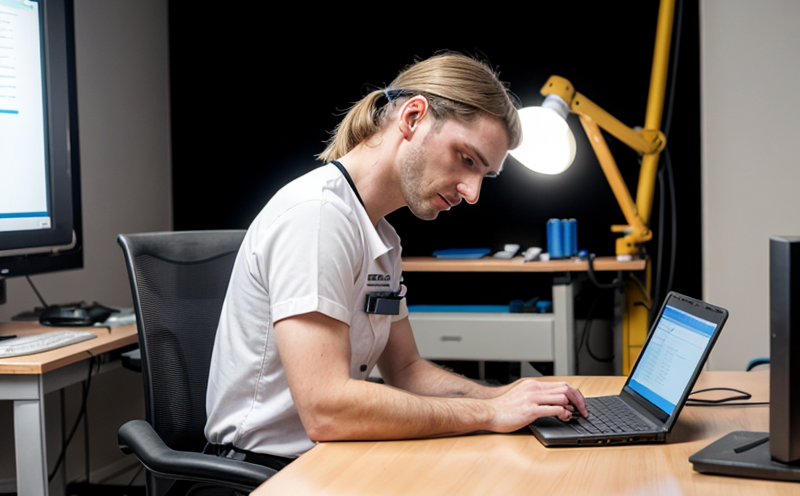FAA AC 25.562 Crashworthiness & Seat Safety Testing
The Federal Aviation Administration’s (FAA) Advisory Circular (AC) 25.562 addresses crashworthiness and seat safety testing for civil aircraft. This regulation ensures that seats in an aircraft are designed to withstand a range of crash scenarios, thereby protecting passengers and crew during emergencies. Compliance with FAA AC 25.562 is mandatory for manufacturers seeking certification under the Federal Aviation Regulations (FAR) Part 25.
The testing outlined in this standard involves simulating various crash conditions using sophisticated test equipment to evaluate how well a seat can absorb energy, distribute loads evenly across the occupant, and prevent injury. This includes both static loading tests that assess the structural integrity of the seat under extreme forces as well as dynamic impact tests that mimic real-world crash scenarios.
The standard specifies detailed requirements for the types of tests to be conducted on various components of a seat, including the backrest, headrest, armrests, and seatbelt anchorage points. It also mandates testing on full-scale mock-ups or representative parts of seats depending upon the type of aircraft and its seating configuration.
One key aspect of FAA AC 25.562 is the requirement that all tests must be conducted in accordance with recognized standards such as ISO, ASTM, and EN specifications to ensure consistency and reliability across different manufacturers. Compliance involves not only passing these tests but also documenting every step meticulously so that results can be verified by regulatory bodies.
Another crucial element of this regulation is the emphasis on occupant protection. The tests aim at ensuring that even in severe accidents, occupants remain safely secured within their seats without sustaining injuries from internal components or external forces acting upon them. This includes evaluating factors like energy absorption capabilities, load distribution patterns, and overall structural durability.
For aerospace manufacturers aiming to meet FAA AC 25.562 requirements, it is essential to have access to state-of-the-art facilities equipped with the necessary tools for conducting these complex tests accurately and consistently. Our laboratory offers comprehensive support in this area, providing advanced testing capabilities alongside expert guidance throughout the entire process.
In summary, FAA AC 25.562 sets stringent standards for crashworthiness and seat safety which are vital for maintaining passenger safety during emergencies onboard commercial aircrafts. By adhering to these regulations through rigorous testing procedures, manufacturers can ensure compliance with international aviation standards while enhancing their product offerings.
Why It Matters
The importance of FAA AC 25.562 cannot be overstated when it comes to ensuring the safety and well-being of passengers during potential emergencies aboard aircrafts. This advisory circular plays a critical role in safeguarding individuals from harm by mandating thorough testing procedures designed specifically for assessing seat performance under various crash conditions.
By requiring manufacturers to demonstrate that their seats can withstand significant impacts without compromising occupant protection, FAA AC 25.562 helps prevent injuries caused by poor design or inadequate materials used in constructing aircraft seating systems. Such measures contribute significantly towards promoting a safer flying environment for everyone involved.
The regulation also highlights the significance of continuous improvement within the industry regarding crashworthiness and seat safety. As technology advances, so too must our understanding of how best to protect occupants during emergencies. By staying current with evolving standards and practices, aerospace companies can continually enhance their products' safety features, ultimately leading to greater confidence among travelers.
In essence, compliance with FAA AC 25.562 is not merely a legal requirement but rather an opportunity for manufacturers to demonstrate their commitment to passenger safety while setting industry benchmarks that others aspire to achieve.
Benefits
- Ensures regulatory compliance and reduces the risk of non-conformance penalties.
- Promotes safer aircraft interiors by enhancing seat design through rigorous testing.
- Enhances brand reputation among customers who prioritize safety above all else.
- Facilitates smoother certification processes with aviation authorities like the FAA.
- Encourages innovation in materials and technologies used for improved crash protection.
- Reduces liability risks associated with potential accidents or incidents involving passengers' seats.





